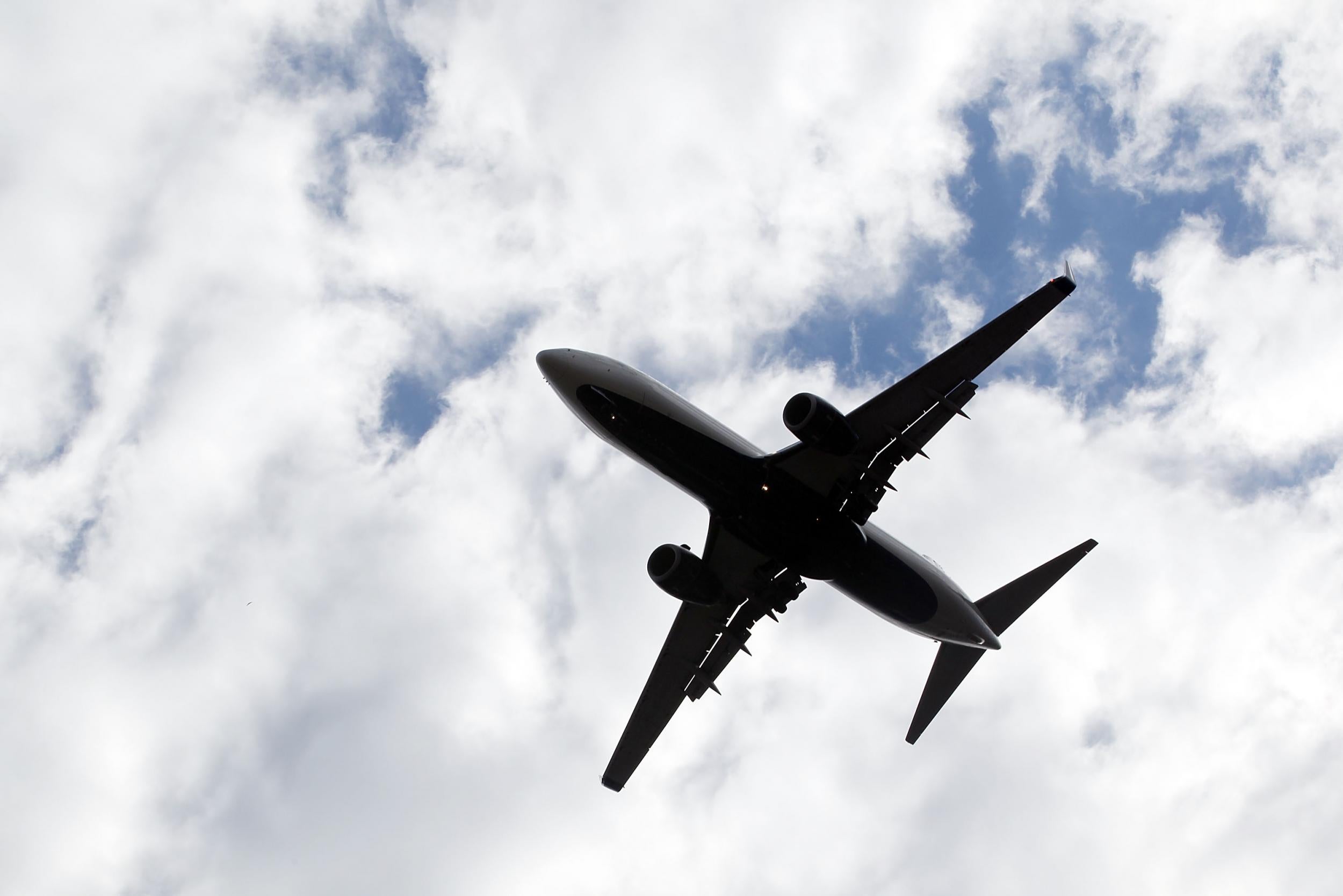The truth about pilots and alcohol: the risks and the rules
Following several alleged incidents of airline pilots drinking on duty, Simon Calder looks into the prevalence and the risks involved

Plenty of professionals in stressful jobs enjoy a drink. Some will occasionally binge, and small proportion may become alcohol dependent. But the risk to life and limb presented to the public by, say, a drunk journalist or lawyer is very low, providing he or she doesn’t do something daft such as driving. At the other extreme, bus and train drivers, ship’s officers and airline pilots are responsible for many lives.
Several incidents involving pilots alleged to have reported for duty while drunk have occurred recently, leading readers to contact The Independent to ask about the prevalence, the risks and the rules on pilots and alcohol.
What are the risks of alcohol to a pilot’s ability to fly safely?
Flying an aircraft is a profoundly demanding job. Pilots are trained to perform the highly complex tasks necessary to get the plane into the sky, navigate safely to the destination and land. These procedures demand formidable cognitive ability, conformity to a plethora of international and national regulations and a constant sense of “what if …?” — preparedness for unexpected events from a sudden depressurisation to a medical emergency on board. The workplace is exceptionally small and cramped by the standards of ground-based work, and the hours involved are often antisocial and involve crossing multiple time zones.
Alcohol and aviation do not mix, whether you are a passenger or a pilot, and indeed the effects of alcohol can be intensified at altitude.
The US Federal Aviation Administration (FAA) says: “The majority of adverse effects produced by alcohol relate to the brain, the eyes, and the inner ear — three crucial organs to a pilot.
“Brain effects include impaired reaction time, reasoning, judgment, and memory. Visual symptoms include eye muscle imbalance, which leads to double vision and difficulty focusing. Inner ear effects include dizziness, and decreased hearing perception.”
What does the law say?
Every country makes its own rules, but the basic rules typically stipulate a significant gap — often eight hours — between the last alcoholic drink and reporting for duty. This is often called the “bottle to throttle” time. In addition, most nations impose a limit below the legal blood-alcohol maximum for driving.
Is there a typical set of circumstances in which pilots are suspected of being under the influence of alcohol?
Looking at a number of incidents, it appears that the most common time that a pilot is suspected of being drunk is after a night-stop away from base. In some circumstances there may be a culture among crews of drinking while away from home, perhaps as a reaction to boredom or loneliness.
What methods are used to detect pilots who infringe the rules?
At present, a typical scenario is that ground staff or fellow crew members suspect that a pilot may have been drinking and either challenge him or her or report their fears to the authorities.
Some jurisdictions, and individual airlines, carry out random alcohol and drug spot checks on staff (including cabin crew, who, like pilots, are safety-critical). After the Germanwings crash in 2015, in which the first officer deliberately flew the aircraft into the French Alps and killed all 150 on board, European safety regulators have been calling for such testing to be mandatory. But many pilots oppose this, saying it would be unhelpful and intrusive.
How often does alcohol contribute to accidents?
It is difficult to say, because a typical plane crash involves a whole sequence of events that combine to create danger. A survey of light-aircraft fatal accidents conducted by the Forensic Toxicology Research Section of the FAA (going back, it must be said, to 1993), shows that alcohol above the 0.04 blood-alcohol limit for pilots was found in about one in 12 cases.
But the figures for passenger aircraft are very different. Dr Rob Hunter of the British Airline Pilots’ Association (BALPA), says: “The data suggests that there is not a problem of drug and alcohol misuse in large commercial air transport operations.”
Passenger planes crash far less frequently than light aircraft, so it is impossible to come up with any kind of percentage, but in two fatal accidents in Russia in 2011 and 2012 drunk pilots were held to be partly responsible.
Shouldn’t flight crew simply be banned from drinking?
The FAA says: “Alcohol avoidance is as critical as developing a flight plan, a good pre-flight inspection, obeying air-traffic control procedures, and avoiding severe weather.” It notes that the effect of a hangover can continue for 48 to 72 hours following the last drink, degrading cognitive and psychomotor abilities.
Yet aviation is a social profession; most pilots are thoroughly responsible individuals; and an outright ban could have the undesirable effect of persuading some pilots to drink secretly, rather than openly in company.
Indeed, openness is probably the best key to reducing the risks in the long term. A leading aviation safety expert says: "In the Netherlands, an excellent programme exists called 'anti-skid'. The system is run by the pilot association together with professional alcohol help groups and the co-operation of the employer. The idea is to get the pilot off-line and into help without him or her losing their job. It requires delicate work but it does help the small number of pilots that get into trouble with alcohol or substance abuse."
Subscribe to Independent Premium to bookmark this article
Want to bookmark your favourite articles and stories to read or reference later? Start your Independent Premium subscription today.

Join our commenting forum
Join thought-provoking conversations, follow other Independent readers and see their replies